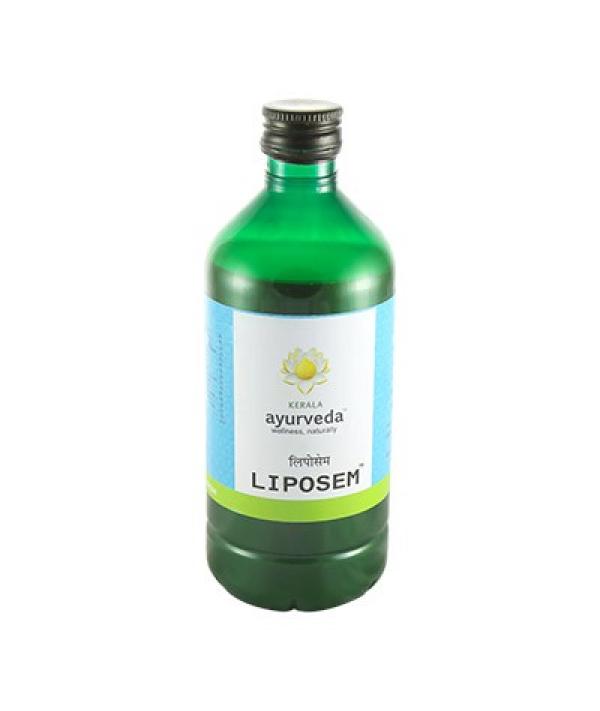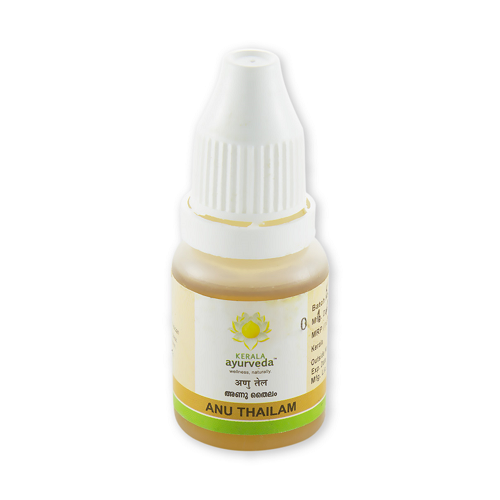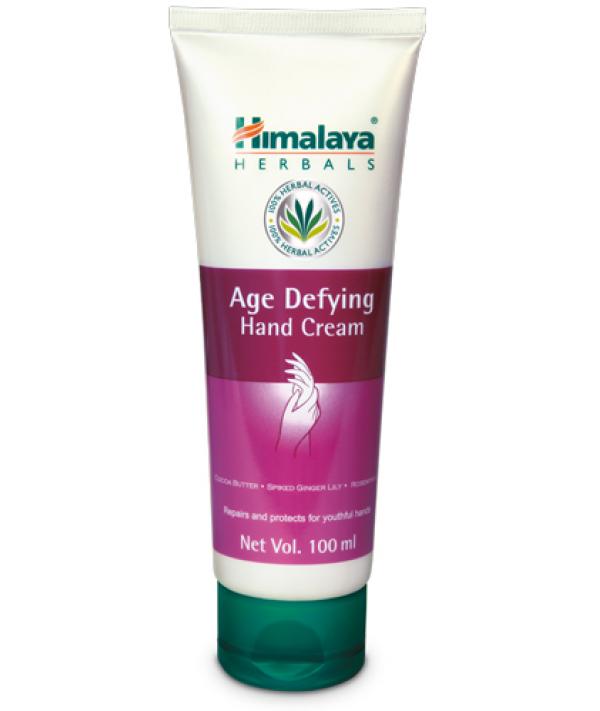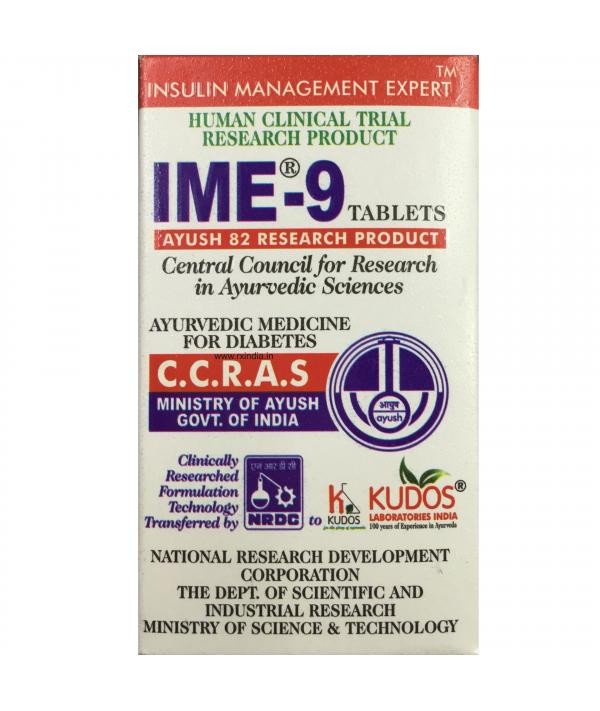Description
Dhnawantri Madhuneel Amrut Churna
Introduction
Diabetes, often referred to by doctors as diabetes mellitus, describes a group of metabolic diseases in which the person has high blood glucose (blood sugar), either because insulin production is inadequate, or because the body’s cells do not respond properly to insulin, or both.
Ayurvedic Management of Diabetes Mellitus
Madhu meha which has been correlated with Diabetes Mellitus has become a global problem in spite of advances in modern science. India has been projected by WHO as the country with the fastest growing population of Diabetic patients. It is estimated that between 1995 – 2025 diabetic patients in India will increase by 195%.
Diabetes Mellitus is also a maharoga (major disease) because it affects most part of the body and every cell of the human physiology. The ancient Indian physicians described not only the sweetness of urine as one of the major symptoms but also the relationship of the disease with disturbance of the 5 sheaths of the body – annamaya kosha{Food sheath}, pranamaya kosha{Energy sheath}, manomaya kosha{Mind Sheath}, vijnana maya kosha{Intalectual Sheath} and anandamaya kosha{Bliss Sheath}.
All classical texts describes prameha. The word prameha derived from the root mih sechane meaning watering that means dilution of everything in the body not only urine).The main causes of prameha (diabetes) are lack of exercise and improper food habits in excess food intake which falls in the category of ushna, snigdha and guru are the primal cause of this disease – fish, curd are good examples. Foods that increase kapha, medhas and moothra are the etiological factors for prameha.
Yashcha kinchith vidhiranyepi sleshma medho moothra samjananam sa sarva: nidana vishesha
Ayurveda clearly indicates few herbal remedies, to get rid of diabetic complications. These herbs regulate Insulin ratio in the body & rejuvenate the body cells to work efficiently. Researches on all these ayurvedic herbs lead Dhanwantari to launch Madhuneel Amrut Churna.
Active ingredients of Madhuneel Amrut Churna
Kaalmegh (Andrographis Paniculata): A.paniculata has been reported as having antibacterial, antifungal, antiviral, choleretic ( increase the production and flow of bile), hypoglycemic, hypocholesterolemic, and adaptogenic effects(reduce the impacts of stress)
Katuka (Picrorhiza Kurroa root): It is a Chinese origin herb. Its role of Suppressing renal NADPH ( nicotinamide adenine dinucleotide phosphate ) oxides to treat diabetic nephropathy is amazing Picrorhiza contains chemicals that might estimulate the immune system, kill cancer cells, and relieve inflammation (swelling). It has Anti-Hyper Lipidemic activity
Kutja Roots(Holarrhena Antidysenterica root): It may delay the development of diabetic complications and can correct the metabolic abnormalities through variety of mechanisms. Phytoconstituents in plants are responsible for anti-diabetic effects.
Neem(Azadirachta Indica): It has been reported to correct altered glycaemia in diabetes. A. Indica leaf extract is significantly effective in reducing hyperglycemia-induced oxidative stress. A. indica supposed to be a alternative medicine to prevent long-term complications of diabetes. It Strengthens antioxidant defense.
Gurmar(Gymnema sylvestre): Gymnema contains substances that decrease the absorption of sugar from the intestine.Gymnema may also increase the amount of insulin in the body and increase the growth of cells in the pancreas, which is the place in the body where insulin is made.
Bitter Guard (Karela): Oral administration of the fruit juice or seed powder causes a reduction in fasting blood glucose and improves glucose tolerance.Substance extracted from the plant called charantin, which had hypoglycaemic effect. Bitter melon has been found to increase insulin sensitivity.Bitter melon also contains a lectin that has insulin-like activity due to its nonprotein-specific linking together to insulin receptors. This lectin lowers blood glucose concentrations by acting on peripheral tissues and, similar to insulin’s effects in the brain, suppressing appetite
Syzygium cumini ( Jamun ke beej ): Medicinal herbs used in indigenous medicines for the management of diabetes mellitus contain both organic and inorganic constituents. Some of these inorganic trace elements possess antidiabetic properties.Elements such as zinc, chromium, vanadium, potassium, and sodium, possessing hypoglycemic activity, are found in the seed during study.
Devil Tree: Alfa Glycosidase Inhibitors are used in treatment of non insulin dependent diabetes , similar properties are seen in extracts of Devil tree bark.
Mamejava(Enicostemma littorale Blume): This herb is known for its anti-inflammatory, anticancer & hepatoprotective activities. A number of studies have been reported of its antidiabetic activities in type 2 diabetes patient. Plant contains catechins , sterols , saponins , alkaloids , volatile oils & some chemical components like betulin. An aqueous extract of E littorale was reported to show hypolipidemic & antioxidant effect.
Kala jeera ( black cumin): Black Cumin contains phenolic compounds, antioxidants, and has anti-hyperglycemic, antimicrobial activity . Anti-diabetic potential of black cumin is plausibly through enhancing glucose uptake and insulin secretion








Reviews
There are no reviews yet.